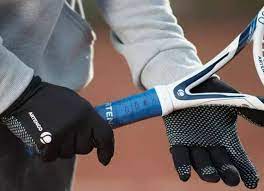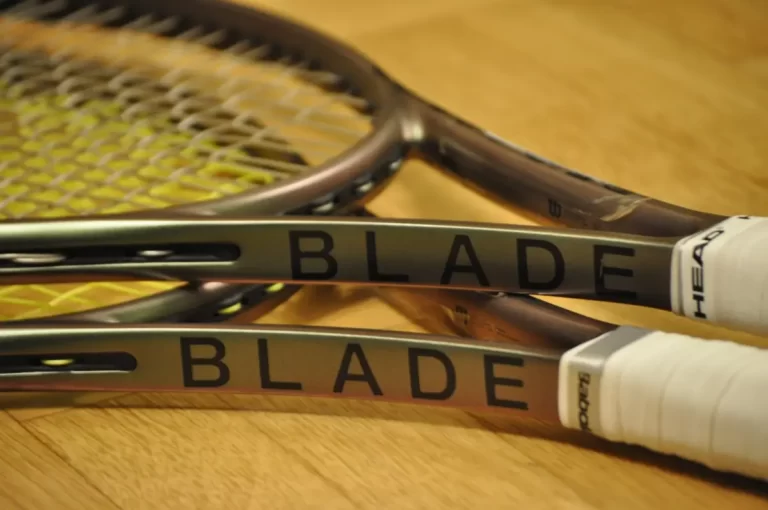How to Fix a Bent Tennis Racket?
Every tennis player knows that their performance on the court depends not only on their skills but also on the quality of their equipment. A well-maintained tennis racket is crucial for delivering powerful shots and maintaining control during matches. However, accidents happen, and sometimes a tennis racket can become bent, impacting its effectiveness.

So, how to Fix a Bent Tennis Racket? To fix a bent tennis racket, you have to follow many steps. First, assess the damage and gather the necessary tools. Loosen the strings, apply heat to the bent area, and gently straighten the frame.
It looks a bit complicated, but you don’t have to worry – in this comprehensive guide, we’ll explain step by step how to fix a bent tennis racket, the common causes of a bent tennis racket, and provide valuable tips for preventing future bends, also when you should only consult a professional.
With a little know-how and some patience, you can restore your racket’s shape and get back to acing your game.
How to Fix a Bent Tennis Racket?
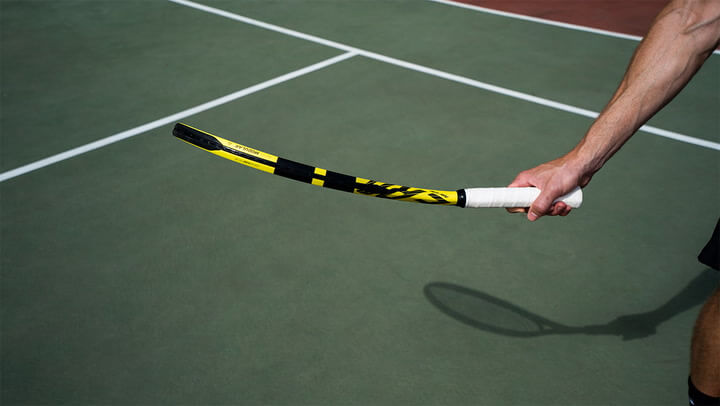
As I mentioned above, fixing a bent tennis racket involves several steps. First, assess the severity of the bend and determine if the racket is repairable.
If the racket can be repaired, gather the necessary tools and materials such as a heat gun or hair dryer, soft cloth, rubber mallet, pliers or stringing machine, and a racket press or straight edge. Next, follow these steps:
- Loosen the strings to reduce tension on the frame
- Apply heat to the bent area to soften the material
- Gently straighten the racket frame using a rubber mallet or wooden block
- Inspect the racket for further damage and ensure the frame is properly aligned
- Restring the racket to its original tension
Procedure
Assessing the Damage
Before attempting any repairs, it’s crucial to assess the severity of the bend. Small bends can often be repaired, while larger bends may be beyond repair and require replacement. Look for visible deformities or misaligned strings as indicators of damage.
Determining if the Racket is Repairable
If the bend is minor and the frame isn’t cracked or severely misshapen, it may be possible to repair it. However, if the frame is cracked or the bend is severe, it’s best to consult with a professional or consider replacing the racket.
Safety Considerations

Repairing a bent tennis racket can be a delicate process. Always prioritize your safety by wearing protective gear like gloves and goggles, and proceed with caution when applying heat or force to the racket.
Tools and Materials Required
Here’s a list of tools you may need to fix a bent tennis racket:
- Heat gun or hair dryer
- Soft cloth
- Rubber mallet or wooden block
- Pliers or stringing machine (for loosening strings)
- Racket press or straight edge
Alternative Tools and Materials That Can Be Used
If you don’t have access to the tools mentioned above, you can use alternative items like a towel (instead of a soft cloth), a regular hammer wrapped in cloth (instead of a rubber mallet), or a table with a straight edge (instead of a racket press).
Step-by-Step Guide to Fixing a Bent Tennis Racket
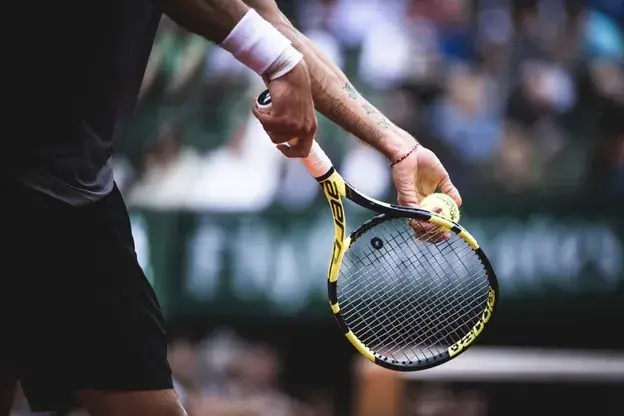
Loosening the Strings
First, loosen the strings to reduce tension on the racket frame. You can do this using pliers or a stringing machine.
Applying Heat to the Bent Area
Next, apply heat to the bent area using a heat gun or hair dryer. The material will become more malleable and pliable as a result of this, which will make it easier to reshape. Be sure not to overheat the racket, as it may cause further damage.
Straightening the Racket Frame
Once the bent area is heated, carefully apply pressure with a rubber mallet or wooden block to straighten the frame. Be patient and careful, as using too much force could cause the frame to break.
Checking for Further Damage
After straightening the frame, inspect the racket for any additional damage. If you notice any cracks or severe deformities, it may be best to consult a professional or replace the racket.
Restringing the Racket
Once the frame is straightened, re-string the racket to its original tension. This can be done using a stringing machine or by taking it to a professional.
Finishing Touches
After you have completed restringing the racket, you should carefully inspect it to ensure that it is in good condition for use. Check for any misaligned strings or potential weak spots in the frame. If you’re satisfied with the repair, it’s time to get back on the court and test it out.
Common Causes of a Bent Tennis Racket
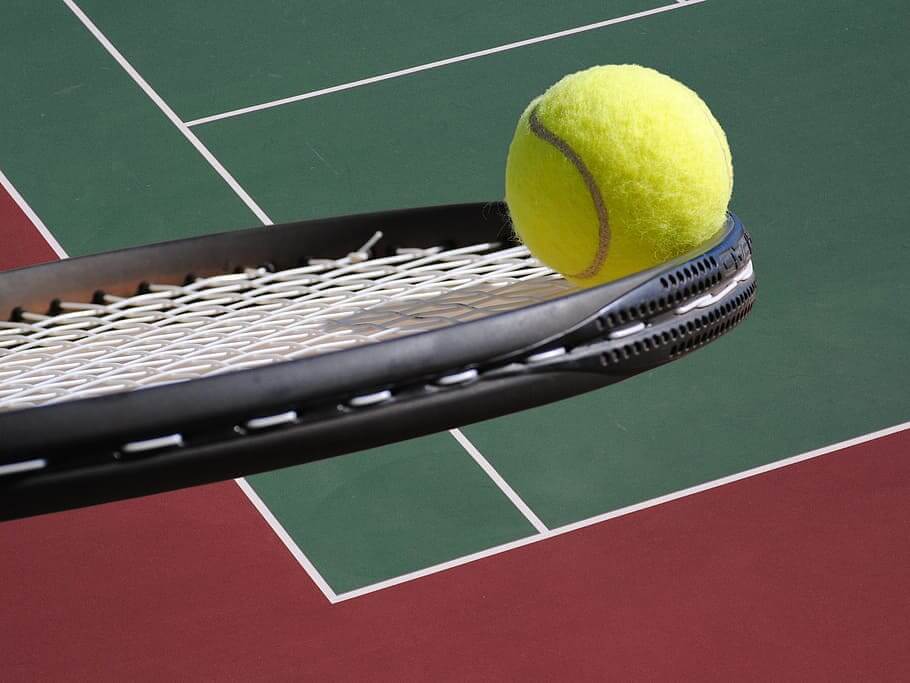
Accidental Impacts or Falls
It happens to the best of us: a momentary lapse in concentration or an unlucky fall can lead to an unfortunate collision between your racket and a hard surface. This can cause the frame to bend and compromise its structural integrity.
Improper Storage
Storing your tennis racket in a cramped space or with heavy objects piled on top of it can lead to a bent frame over time. It’s essential to store your racket properly to avoid unnecessary stress on the frame.
Manufacturing Defects
While rare, some rackets may come with manufacturing defects that make them more susceptible to bending. If you suspect your racket has a defect, it’s best to consult with the manufacturer or a professional racket repair specialist.
Preventing Future Bends
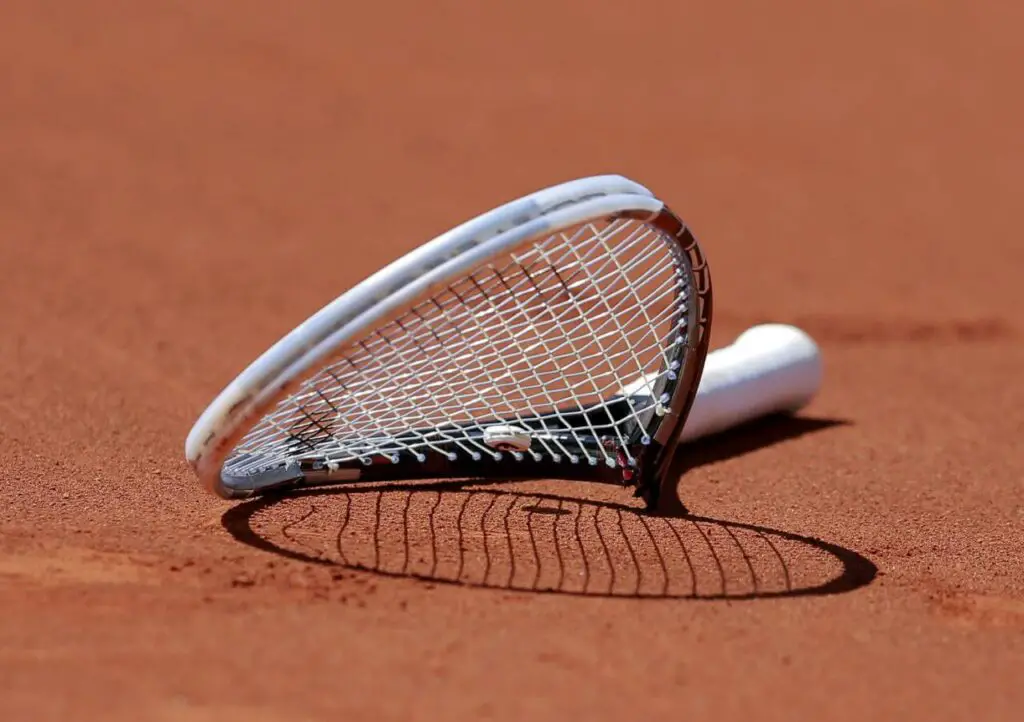
Proper Handling and Storage
To avoid bending your tennis racket in the future, handle it with care during use and always store it properly. Keep the racket in a designated area, away from heavy objects or clutter that could cause unnecessary stress on the frame.
Using a Racket Cover
Invest in a quality racket cover to protect your racket from accidental damage during transport and storage. A good cover will offer padding to shield the racket from impacts, as well as ventilation to prevent moisture buildup.
Inspecting the Racket Regularly
Regularly inspect your racket for signs of wear or damage. Catching issues early can help prevent more severe problems down the line and ensure your racket remains in top condition.
When to Consult a Professional
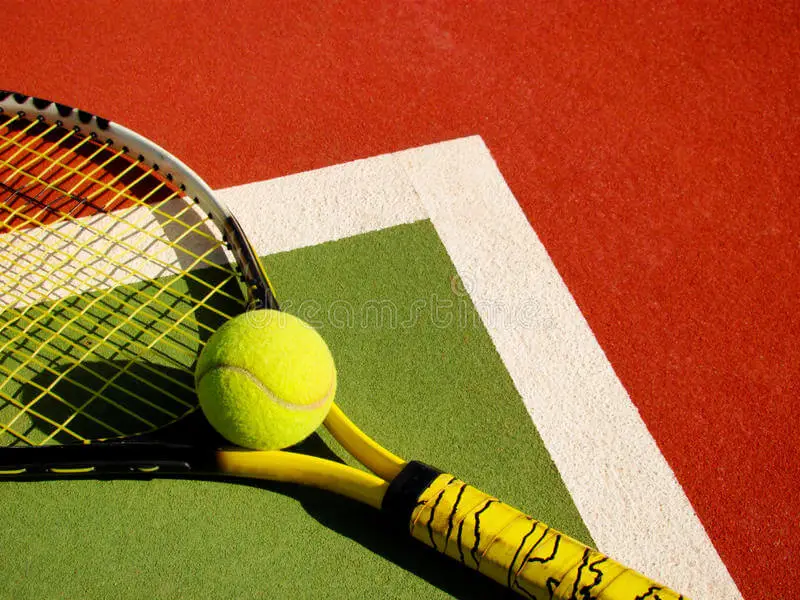
Recognizing Limits of DIY Repairs
While it’s possible to fix minor bends in a tennis racket at home, some cases may require professional assistance. If you’re unsure about the repair process or the damage seems too severe, it’s best to consult with a professional racket repair specialist.
Finding a Reliable Racket Repair Specialist
Ask around in your local tennis community for recommendations, or search online for reputable racket repair services in your area. Look for reviews and testimonials from other customers to ensure you’re entrusting your racket to a skilled professional.
Conclusion
Taking care of your tennis racket is essential for maintaining optimal performance on the court. If you understand the common causes of racket bending, assess the damage, and follow a step-by-step repair process, you can potentially salvage a bent racket and prevent future issues.
Remember to prioritize proper handling, storage, and regular inspections to keep your racket in top shape. And if you ever feel out of your depth, don’t hesitate to consult a professional racket repair specialist.
Frequently Asked Questions
What Are the Risks of Playing with A Damaged Tennis Racket?
Risks of playing with a damaged tennis racket include reduced performance, improper ball control, and potential injury.
A bent frame can affect the tension of the strings, impacting your shots and making it difficult to play effectively. Additionally, playing with a damaged racket can lead to injuries due to unexpected changes in racket behavior.
Can I Fix a Bent Tennis Racket Without Damaging the Strings?
It’s challenging to fix a bent tennis racket without loosening or removing the strings, as the tension can interfere with the straightening process.
It’s recommended to loosen the strings before attempting a repair to ensure the frame can be properly reshaped without causing further damage.
How Often Should I Inspect My Tennis Racket for Damage?
You should perform a routine check for damage to your tennis racket, preferably after each use but no less than once a month at the very least. Regular inspections will help you identify potential issues early on, allowing you to address them promptly and maintain optimal racket performance.
Related Posts
Tennis Vs. Volleyball – A Detailed Analysis Of Both Sports
Can Tennis Balls Dent Your Car?

